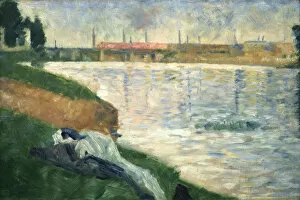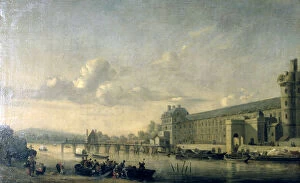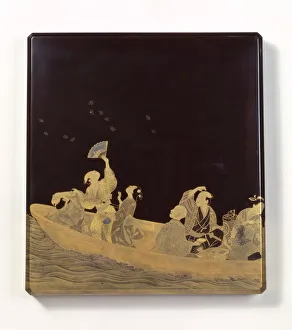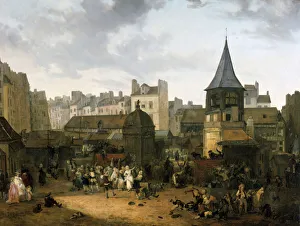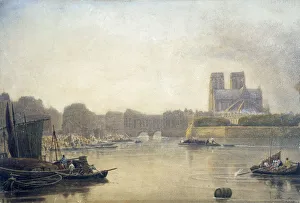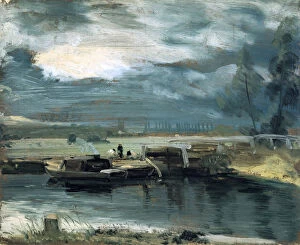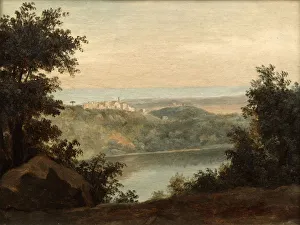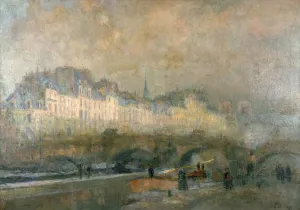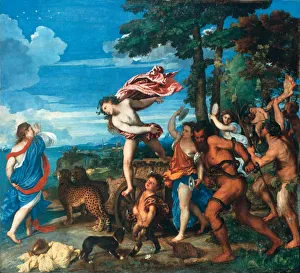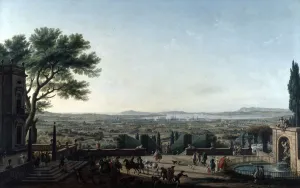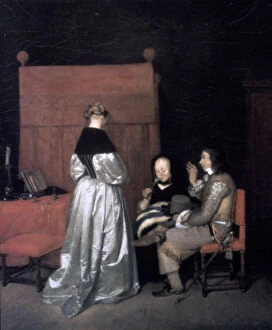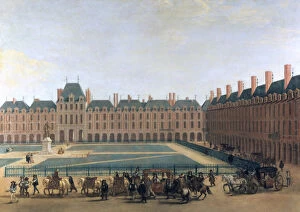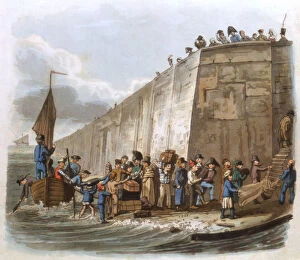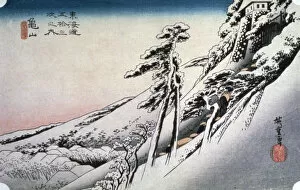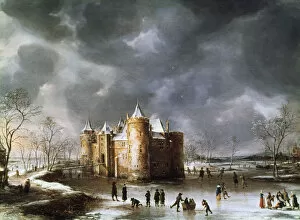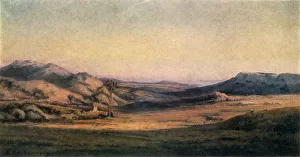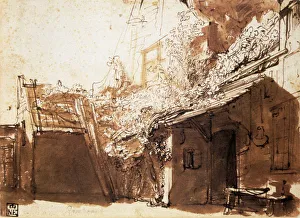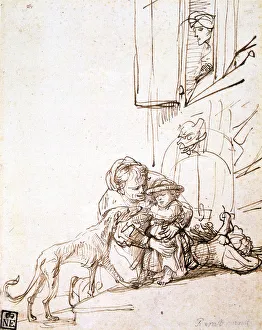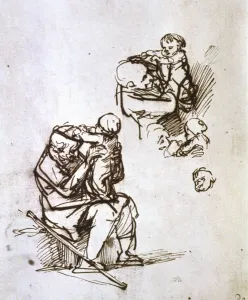Whitespace Collection
"Whitespace: The Art of Embracing Silence and Simplicity" In the midst of intricate brushstrokes and vibrant colors, there exists a powerful element known as whitespace
All Professionally Made to Order for Quick Shipping
"Whitespace: The Art of Embracing Silence and Simplicity" In the midst of intricate brushstrokes and vibrant colors, there exists a powerful element known as whitespace, and is the void that breathes life into masterpieces, allowing our eyes to rest and our minds to wander. Georges-Pierre Seurat understood this concept well when he painted "Beach at Gravelines" and "Vetements sur l herbe. " Through delicate dots and carefully placed strokes, he created moments of tranquility amidst bustling scenes. Reinier Zeeman's "View of the Seine with the South Facade of the Louvre Gallery" transports us back to 1660 Paris. Amidst the grandeur, we find solace in the open spaces between buildings, inviting us to pause and reflect. Even everyday objects like a Japanese writing utensil box from the early 19th century hold secrets within their simplicity. They remind us that beauty can be found in minimalism. Rembrandt Harmensz van Rijn's "The Prophet Jeremiah Mourning over the Destruction of Jerusalem" captures raw emotions against a backdrop where emptiness speaks volumes, and is through these empty spaces that grief finds its voice. Philibert Louis Debucourt's "A Celebration for the Birth of French Heir Apparent" showcases how they are balance chaos. In between jubilant figures, it offers respite for contemplation amidst revelry. Frederick Nash's depiction of Notre Dame in 19th-century Paris reveals how even architectural wonders need space to breathe. Whitespace frames its magnificence while providing visual relief from intricacy. John Constable's "Barges on Stour with Dedham Church in Distance" portrays nature’s harmony through vast stretches of untouched canvas. Whitespace becomes an invitation to immerse ourselves in serenity amid pastoral landscapes. Pierre Henri de Valenciennes' painting of Lake Nemi transports us to a world where nature and civilization coexist.


